Looking at old photographs of Farnham town centre, one building stands out for its scale and decorative façade – the old town hall and corn exchange.
Built 157 years ago on the corner of Castle Street and The Borough, it was constructed on the site of The Goat’s Head pub and replaced an earlier timbered structure opposite that was open to the outside on the ground floor and used partly as a “market house” and local “lock-up”.
The new building was designed in the Gothic style by Edward Wyndham Tarn, a member of RIBA and a prolific author of papers and books on architecture, many of which are still in print and available in multiple languages.

Among the features of this new edifice was a clock tower surmounted by a belfry and spire, soaring 88ft (27 metres).
Internally, there was a market hall, lobby and various other rooms on the ground floor, with an assembly room above.
The building was faced with white bricks from Huntingdon and had red gauged windows plus quoins, mullions, column bases and caps in Bath stone.
The arches to the two main entrances and the arcaded parapet were the work of John Blashfield, the celebrated manufacturer of ornamental terracotta mouldings and statuary who had contributed to buildings such as the Crystal Palace and Dulwich College.
The new structure was unveiled with much fanfare on March 15, 1866, before a crowd of spectators who had flocked to Farnham from the surrounding areas for the official opening.
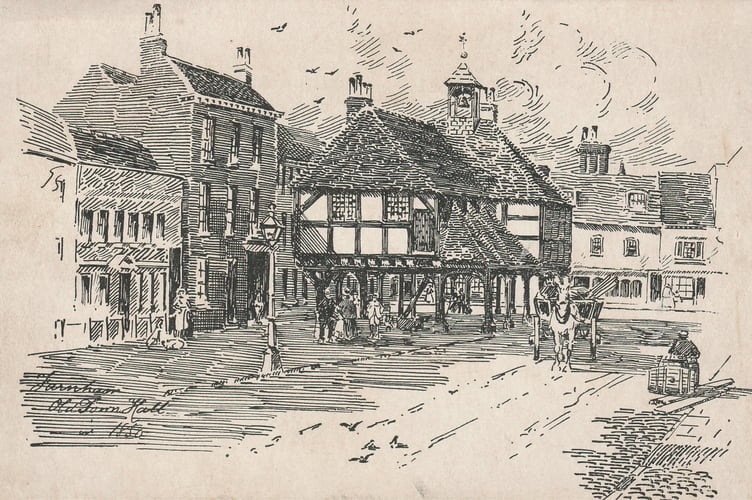
Bunting and flags flew in the streets and a grand dinner was held in the assembly room for the “good and the great” who were entertained by a military band and professional entertainers from Winchester and London.
Reports of the opening reached as far as Northumberland, with a reporter for the Alnwick Gazette enthusing about the impressive size of the new building’s entrance hall, assembly room and corn exchange that was 70ft long, 36ft wide and 30ft high.
The wide stone staircase leading to the upper floor, the offices for merchants on the north side of the exchange and the shops that enclosed it, fronting on to the street; and even the heating system impressed him.
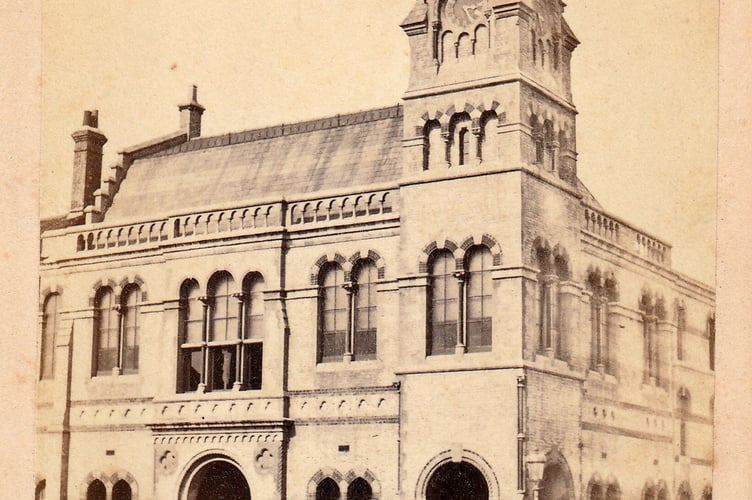
At the celebratory dinner (for which tickets had been in great demand) the Archdeacon of Surrey, John Utterton, observed of the new building that “no town of the same magnitude had one that could compare with it for beauty and capaciousness”.
So what happened to this awe-inspiring edifice?
The death knell for the structure – that had been funded by public subscription and a sale of shares – was sounded fewer than 30 years after it was built. A local authority change saw the Farnham area become an urban district in 1895 and civic leaders opted to procure a new town hall, which was built at South Street in 1903.
The former town hall and corn exchange were demolished in the late 1920s and by 1930 the site was revamped as the Town Hall buildings, designed by Harold Falkner in the neo-Georgian style.
The Nationwide Building Society now occupies the spot where the Castle Street entrance and clock tower once stood.
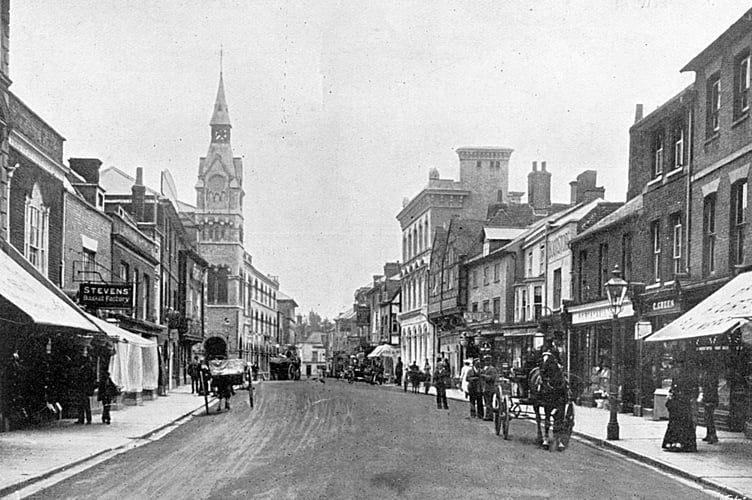
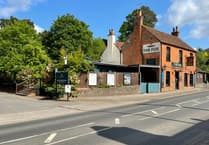
.png?width=209&height=140&crop=209:145,smart&quality=75)
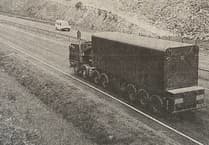

Comments
This article has no comments yet. Be the first to leave a comment.